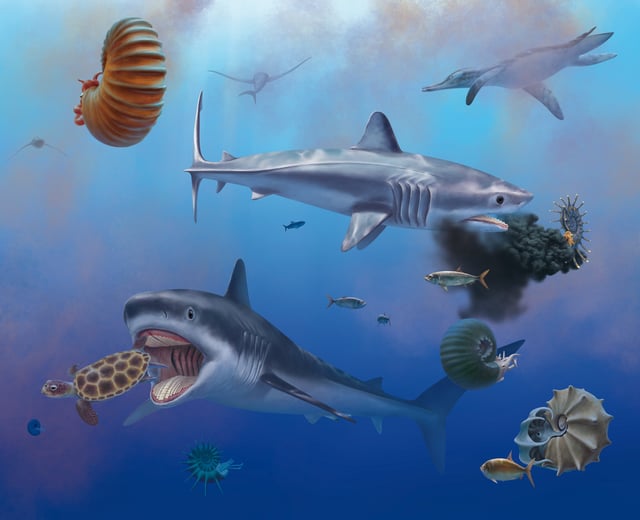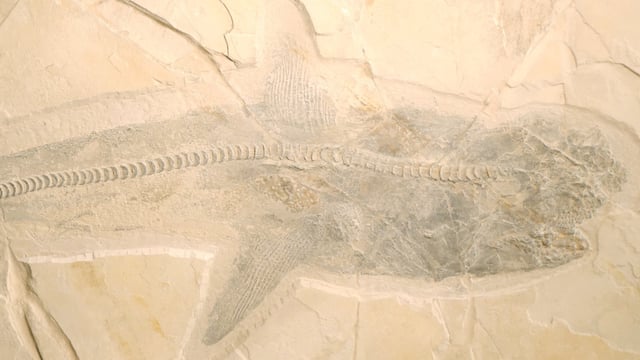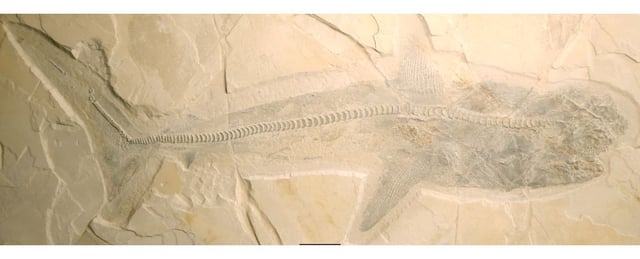Overview
- Fossils found in Mexico's Vallecillo Lagerstätte reveal detailed anatomy of Ptychodus, a giant shark from the Cretaceous period.
- Ptychodus, reaching lengths up to 9.7 meters, had teeth adapted for crushing hard-shelled prey like ammonites and sea turtles.
- These findings challenge previous notions of Ptychodus as mainly bottom-dwellers, indicating a fast-swimming, open-water lifestyle.
- The exceptional preservation of these fossils provides new insights into the diversity and ecological roles of ancient sharks.
- Research underscores the significant role of lamniform sharks in marine ecosystems during the Cretaceous.



